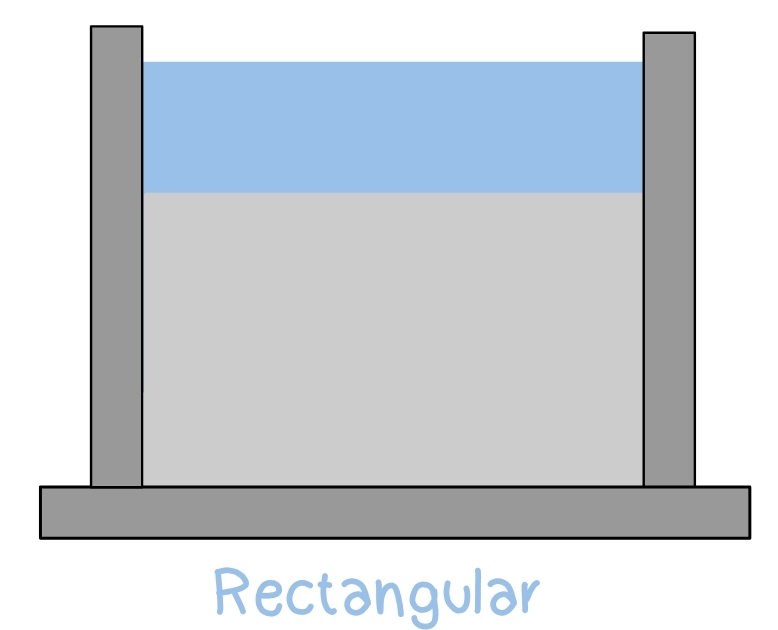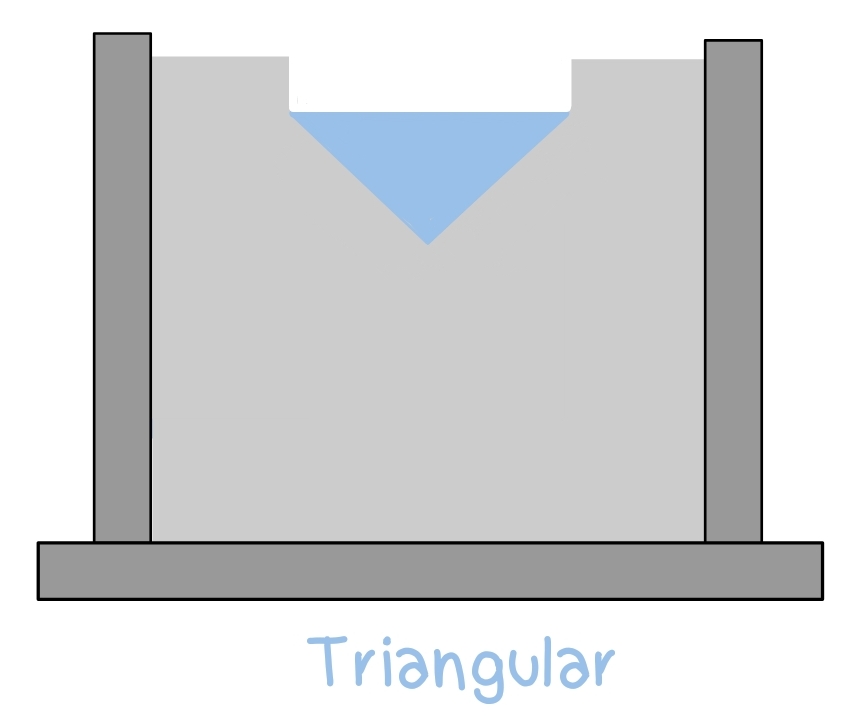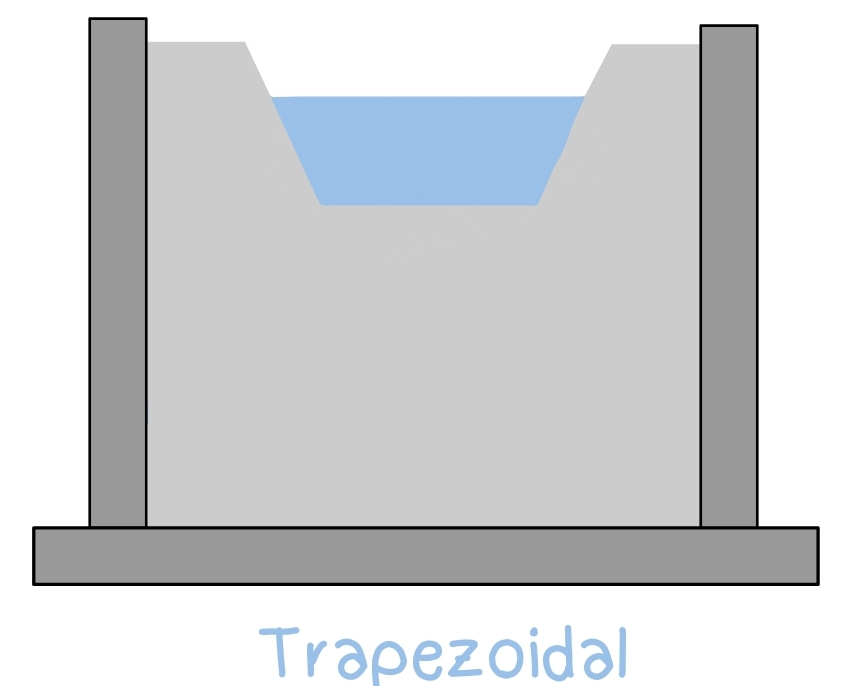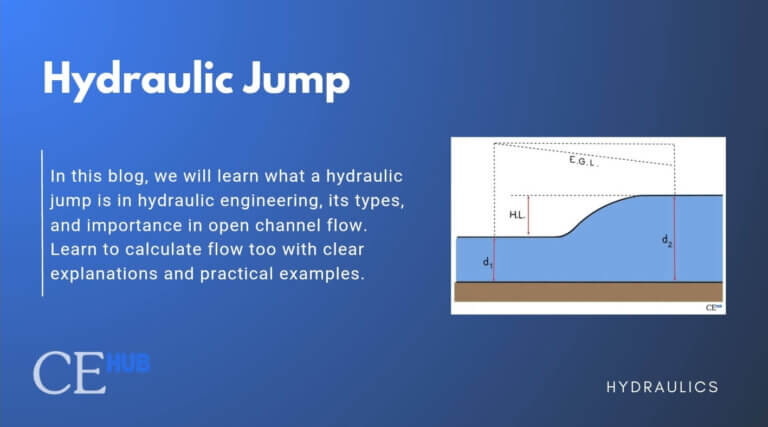understanding Weirs in Fluid Mechanics
Weirs are one of the simplest and most practical tools in open channel flow. In many rural places such as rural irrigation systems, remote streams, small treatment plants; there’s no budget for sensors or flow meters. A weir gives accurate flow data using gravity and geometry.
What is a Weir?

A weir is a low dam or barrier built across a river or channel to control water flow. It forces water to pass over or through a specific opening, creating predictable flow patterns that engineers can measure and manage.
Think of a weir like a spillway on a bathtub. When you fill your tub with water, once it reaches a certain level, it spills over the edge at a controlled rate. A weir works the same way.
It’s a controlled spill point that keeps water from flowing freely and unpredictably downstream. The difference is their height and purpose.
Dams are massive structures to hold the flow and act as a storage for large reservoirs.
Weirs are smaller but it acts as a device to determine the flow rate and water level.
Basic Concepts of Weir
Head (H)
Vertical Distance from water surface to weir crest.
Discharge (Q)
Volume of fluid flowing per unit of time.
Types of Weir
Rectangular Weir
The simplest and most common type. Water flows over a rectangular opening. Easy to construct and easy to calculate flow through.

- Straight notch with horizontal crest
- Best for large, steady flows
where:
Q – discharge or flow rate
C – coefficient of discharge
b – width of the weir opening
g – gravitational acceleration
H – head or the height of water above the weir crest
Triangular Weir (V-notch)
Water flows through a V-shaped notch cut into the weir. These are extremely accurate for measuring small flows because the V shape creates a wider opening for larger flows, and narrower opening for smaller flows.

- V-shape opening (usually 90 degrees)
- More accurate for low flows
Trapezoidal Weir (Cipolleti)

- Combines advantages of rectangular and v-notch
Hillhouse, G. (2019, March 9). What is a weir? Practical Engineering. https://practical.engineering/blog/2019/3/9/what-is-a-weir






